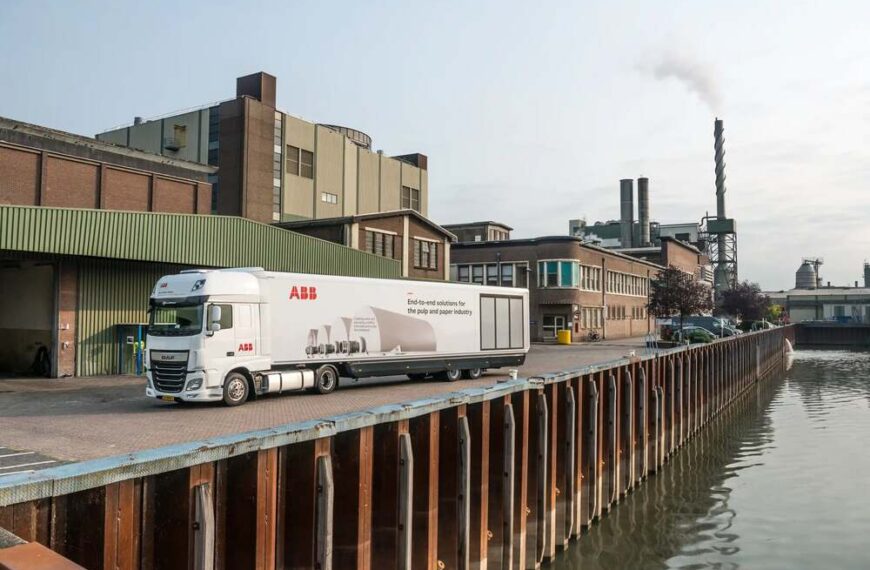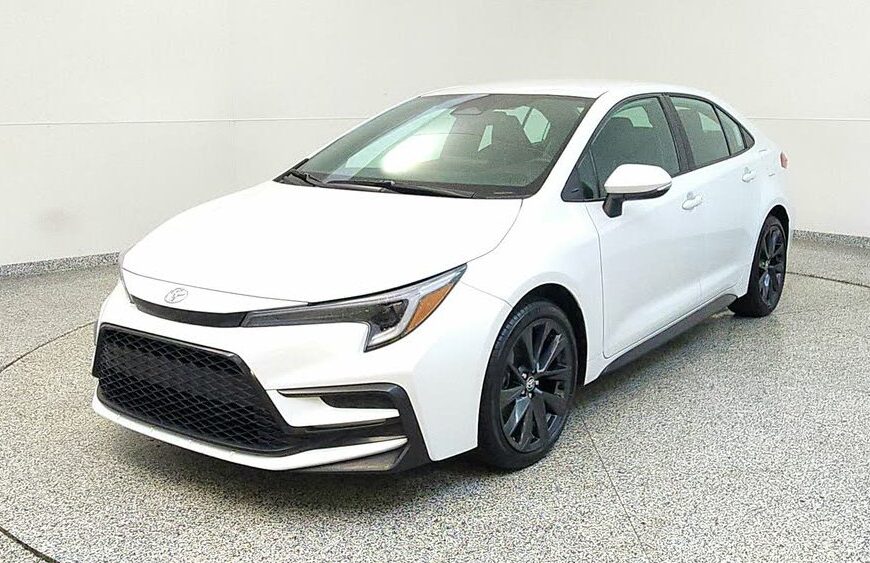We want to sound optimistic in suggesting this. Still, sufficient event management and planning are crucial to minimizing potential risks at your event. To ensure that you maximize your event’s safety, follow these carefully outlined events’ health and safety protocols. Additionally, these event safety guidelines will help you explain the safety and security requirements when organizing events to your staff before the event begins so that everybody follows the same important risk management guidance.
Once you have recognized any potential hazards for yourself in addition to what we suggest that you look out for, it is important to identify the impact that these hazards might have on your event, as well as the likelihood of this hazard being an issue. Doing this as part of your event planning will help you to prioritize your risk management and give a suitable amount of time to minimize the likelihood of each risk.
Risk Management: Event Safety Guidance
- Crowd Management
- Medical Assistance
- Identified Fire Risks
- Antisocial Behaviour
- Event Equipment Check
Event Health and Safety Plan
Crowd Management
Even if your event requires your attendees to be sat for the most part, for instance, conferences, you need to ensure that you have sufficient crowd management systems put into place. Your venue needs to be suitably equipped to allow a big crowd to leave and enter in one go safely and efficiently. Regarding crowd control, you should take the following into account:
- Do you have appropriate wheelchair access in your venue?
- Is your venue a safe environment for disabled and neurodivergent attendees?
- Do you have enough stewards to guide big crowds?
- Is your venue sufficiently signposted to guide crowds?
- Are there different entrances/exits for different parts of your event?
Medical Assistance
Before your event begins, identify any potential accidents and, if possible, try and eliminate this risk. If not, work out what you will do in that situation. Identify the event’s health and safety risk and implement an event health and safety plan. A few crucial ways that you can eliminate medical emergencies at your event is ensuring that there are enough medically trained/ first aid trained staff on hand throughout the event venue, there is suitable medical equipment available, and you know where the nearest Accident and Emergency branch is (the local hospital). Once you have gathered this information, ensure it is shared amongst your staff well before the event so that all staff members are briefed equally.
Identified Fire Risks
Before any event, you must conduct a thorough fire risk assessment to maximize health and safety during events. Once you have identified any potential fire hazards, you need to ensure that there are a suitable number of fire extinguishers present at the venue and they are all inaccessible locations. If you are hiring a venue, you should also be in touch with them to familiarise yourself with their fire assembly point beforehand so that you can appropriately brief your staff at your event.
Antisocial Behaviour
We can always hope that antisocial behavior will not occur at an event we host, but this can sometimes be a harsh reality. Antisocial behavior is less likely to be a problem at a corporate event such as a conference than at a sporting event or music festival. However, it is still appropriate to consider precautions for antisocial behavior regardless of the type of event.
To minimize the risk of antisocial behavior, ensure that you have trained security near your event – they should be trained to deal with crowds the size you expect to attract at your event. Beyond specific security guards, ensure that your staff is trained to deal with specific scenarios (for instance, aggressive language) to safeguard staff and attendees from potential antisocial behavior.
Event Equipment Check
An event equipment check will vary in the time taken to complete depending on the scale and type of event you are hosting.
Whether you have a stage full of lighting at your conference or marquees outside at a networking event, your equipment needs to be analyzed for potential hazards. It would help if you considered whether there are any trip hazards from any equipment you set up or any potential electrical issues that could arise. You can then put precautions into place to manage these potential risks.
Any equipment belonging to the venue you are hiring should have had the relevant checks, but it is always worth double-checking.
Our event management and planning tips will ensure you maximize your event’s safety.
Suppose you are still in the event planning stage of hosting an event. In that case, consider booking an event photographer to ensure you capture your event in the best possible light and can showcase your event with present and future clients.
Splento offers packages in both event photography and the more specific field of conference photography.
A Splento event photographer can cater to anything from weddings and christenings to trade shows. These professional event photographers can be available within the exceptionally quick time of two hours from booking!
Splento is particularly a specialist in corporate event photography – they are experienced in capturing all the best moments of your conference, including important client interactions and key speeches.
A real standout of a Splento photographer is the remarkable turnaround time of 24 hours after your event, during which you can expect to receive your expertly retouched images.
Contact Splento today to find out more about and to book a conference photographer or an event photographer for your upcoming event!
Also Read: The Bank Of America














